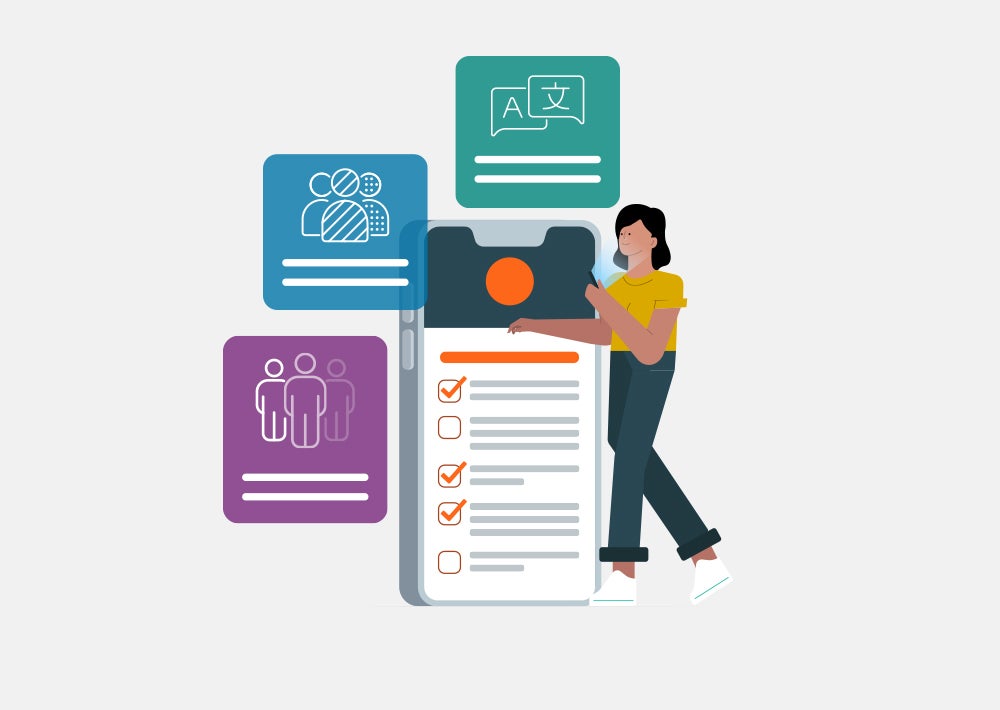Dr. Deborah Walker Keegan is a national healthcare business consultant, keynote speaker and author. An industry expert on medical practice operations, she has authored and co-authored numerous texts, including the best-selling book The Physician Billing Process: Navigating Potholes on the Road to Getting Paid.
Insurers and employers have embraced high-deductible health plans to curtail healthcare spending and create patient financial engagement. While these intentions appear noble, many patients do not have the resources to pay their deductible. In fact, 25% of non-elderly patients with private insurance coverage do not have sufficient assets to pay a mid-range deductible, let alone a high deductible.
Medical practices that rely on a higher proportion of patient versus insurance payments face increased financial risk and revenue delays at a time when financial margins are already razor thin. As a business necessity, consider these eight steps to align your patient payment process with high deductible plans.
1. Conduct financial intake.
Devote the staff and resources needed to confirm insurance coverage, verify benefits eligibility, and determine out-of-pocket patient payment obligations prior to the patient’s visit.
2. Update your payment policy.
Make sure your patient payment policy or financial agreement clearly lays out your expectations to include when and where payment will be collected, as well as the consequences of failure to pay when payment is due.
3. Determine your point-of-care payment process.
At minimum, most medical practices attempt to collect copays and patient balances when patients present for their visit. To evaluate whether it is time to also collect unmet deductibles at the point of care, examine your claim denials due to deductible to determine your revenue opportunity. If this is a high percentage of revenue for your practice, create a process to collect the patient’s unmet deductible at the point of care for some (or all) services that your practice provides.
4. Educate front office staff.
Provide scripting to assist employees in requesting patient payment. Share payment scenarios employees might encounter, such as patients who signal they are not able to pay, so employees know how to appropriately manage these situations.
5. Position your practice as the patient’s financial health advisor.
Assign one or more of your employees to privately meet with patients to help them understand their out-of-pocket financial obligations. Patients who are newly diagnosed with chronic care conditions or in need of elective surgery are prime candidates for this type of financial meeting.
6. Leverage technology.
Evaluate where technology can assist with payment efforts. For example, consider implementing mobile technology for patient self-arrival and payment capture. Also consider texting to alert patients of the need to log onto the patient portal to make outstanding payments.
7. Speed up your statement process.
The back-end patient payment process for most medical practices consists of a series of statements, letters and telephone calls to patients. Streamline this process to speed up patient payments to your practice. As examples, initiate online statements (thereby saving the cost and time of mailing) and/or supplement your statement process with text reminders.
8. Evaluate credit card on file.
Determine if it is time to create this financial policy with your patients. Using a payment industry compliant vendor, the patient’s credit card information is captured, with the card charged following the insurer’s adjudication of the claim. This reduces the cost and complexity of the patient payment process, while speeding up revenue to your practice.
Most medical practices can ill-afford the luxury of delaying patient payments now that they represent a significant portion of the revenue stream. Evaluate these steps to improve your patient payment process, engage patients in the finances of their care and optimize revenue to your practice.




